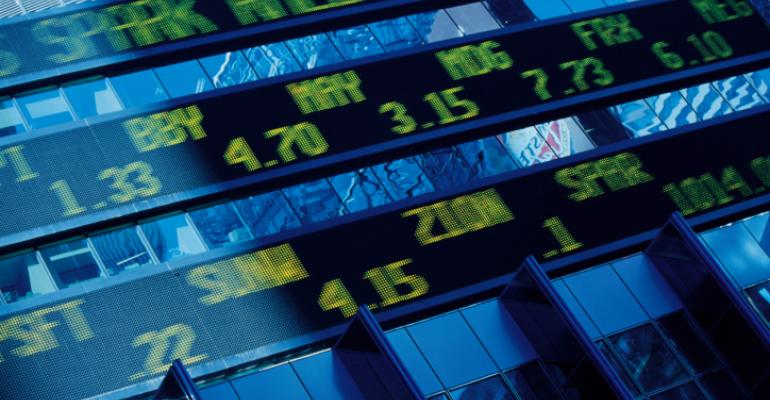In between unusual weather patterns and elections there has been a war going on- an ETF fee war. iShares, Schwab and Vanguard have been locked in a battle to reduce fees for a number of their core ETFs in an attempt to attract more assets and maintain market share. Reduction in fees for any financial product is welcomed news for investors but since ETFs are already the low cost alternative to mutual funds is this move significant?
It has been pointed out in many articles and blogs that the management fee is not the only factor in pricing a new ETF investment. Trading costs, brokerage fees, tracking error against the underlying index and differences in index components that can affect asset allocation all factor into the pricing of an ETF and offset any management fee reduction.
So, what are the effect s of these price wars? They do reduce costs for some investors but there are land mines as well. In order for the ETF providers to cut fees they have to cut operational costs as well to run the funds more efficiently. Most ETFs by their nature are run efficiently so the cost cutting can hit in other areas. This is seen very clearly when Vanguard changed index providers by dropping MSCI and replacing them with FTSE and University of Chicago’s CRSP Indexes. By moving to lower cost alternative indexers, Vanguard reduced its cost structure and was able to pass that saving directly into their funds. However some questions were raised that underscore the importance of indexing; differences in index construction amongst the indexers, what about the security classification process and will the indexer’s brand affect investor confidence in the product.
Index construction is a key element when looking at an ETF. What are the underlying securities, how do they fit into my client’s asset allocation model and what are the trading costs and liquidity associated with the securities. There is a huge difference between creating a benchmark index and a tradable, investable index. The skill of the indexer and their experience in working with ETFs and other indexed-linked securities is not to be taken lightly and any change in the indexer of a product especially since we see more and more ETF sponsors moving towards self-indexing , means the due diligence done in originally vetting the product needs to be done again.
Security classification can vary between indexers and what securities are included in various investment classes can alter a product’s performance and also create an over or under weighting in specific exposures. The emerging market indexes are a good example here. In some indexes a country like Korea can be assigned as a developed nation or as an emerging nation and thus exposure to a single country can vary from one emerging market index to another thus effecting performance and exposure. In some emerging market indexes Korea can be as much as 10% of the index, that is a significant allocation and thus the components of an index need to be fully scrutinized especially when comparing one product to another.
The brand recognition of the indexer can play a vital role as well. Confidence in an indexer’s competency can lead to more liquidity as the markets will be the ultimate decider of whether or not an index-linked product is tradable and investable. The trading community has to be able to efficiently buy and sell the underlying securities and to create a hedge if the product is going to attract liquidity. If there is any perceived flaws in index construction, if the components are too hard or to expensive to trade and if there are concerns around the index rebalancing activity then that liquidity may be difficult to find.
If it isn’t broken why fix it; reducing the cost basis of fund by changing the main operational engine of an ETF can create risk to a product where there was none before.
Investor acceptance can be elusive when launching a new product or trying to enhance an existing product, having an indexer whose brand and body of work is of the highest quality is an essential component to a successful product and a successful investment.


